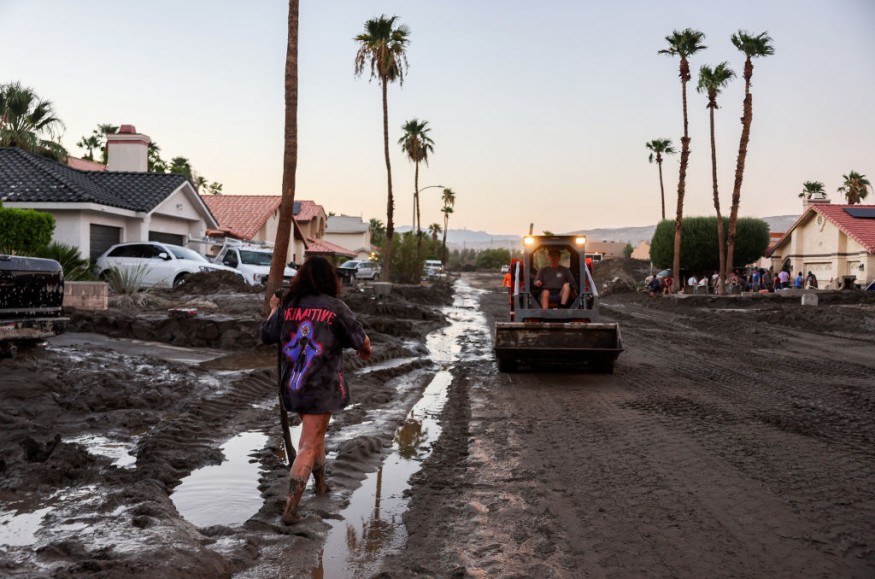According to a recent study, the shift from drought conditions to heavy rains has shown to be more frequent due to the impacts of climate change.
Climate change and global warming could worsen weather events, from prolonged drought to flooding rainfall. Extreme weather could result in devastating damage to communities and infrastructure.
The concerning shift in temperatures could have a long-term impact on communities, biodiversities and ecosystems, according to the United States Environmental Protection Agency (EPA)
Reducing greenhouse gas emissions can help deal with the aftermath of intense storms and heat.
Deadly flooding could become more concerning in poorer countries. With devastating weather events becoming more frequent, it could harm human lives.
The rapid shift from severe drought to flooding rainfall

According to a Communications Earth and Environment study, researchers observed the impacts of drought conditions and pluvial transitions. They looked into the hydrological and meteorological data from 1980 to 2020.
In Europe, the soaring temperatures resulted in widespread heat-related health concerns. The Nature Medicine study revealed 61, 672 died from heat-related illnesses last year.
The rapid shift and frequency trend was also found in parts of South America, Southern Africa, Europe, East Asia and Australia.
Meanwhile, the sudden shift could harm wildlife populations, especially animals not used to high temperatures. As El Nino began, temperatures are expected to soar next year.
One example researcher showed the drought and flooding in California. The region suffered from a lack of rainfall and prolonged drought.
However, the early beginning of 2020 unloaded flooding rainfall in California, which helped ease the dry and drought outlook.
While the rain helped with the drought, many residents were evacuated from relentless rain and the impacts of atmospheric rivers, causing widespread power interruption and travel dangers.
Furthermore, the researchers also discovered that the hotter outlook and low pressure could help bring needed moisture in drought-stricken areas.
According to Associate Professor Shuo Wang, the study's co-author, understanding the land-based mechanisms could help predict the possible swings from drought to rainy conditions.
Wang is also from the Hong Kong Polytechnic University. Other researchers were from the following areas:
- From the Columbia University, Department of Earth and Environmental Engineering
- Jackson School's Department of Earth and Planetary Sciences
Also Read A: ugust Astronomy Events: Antarctica's Emperor Penguins Suffer From Catastrophic Breeding Failure Due to Global Warming
Climate resiliency and mitigation plans
Furthermore, Professor Zong-Liang Yang explained that they were concerned about the shift, noting that communities had to prepare for drought, and then flooding would suddenly emerge.
As a result, the commitment to climate resiliency of communities and countries is a key to developing better mitigation plans against climate change-fueled extreme weather events.
Related Article : Climate Change-Fueled Disasters: About $3 Billion Budget to Help Communities Become Resilient in US
For more similar stories, don't forget to follow Nature News.
© 2025 NatureWorldNews.com All rights reserved. Do not reproduce without permission.





